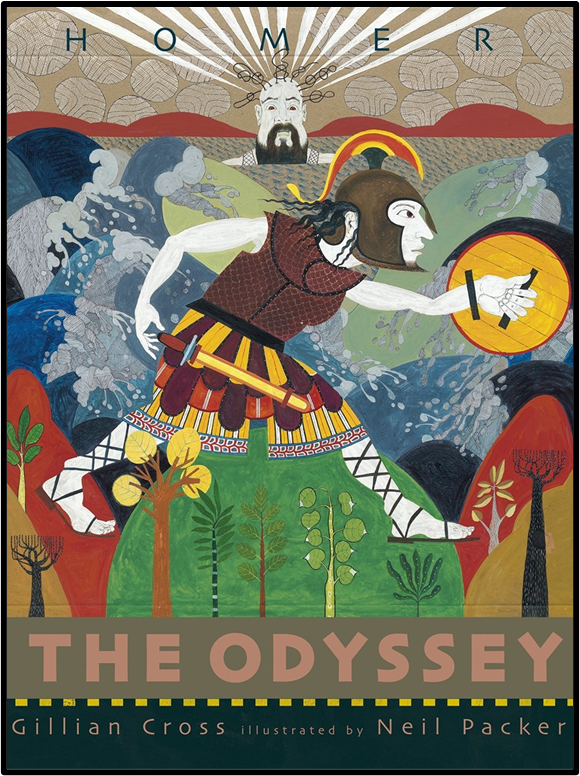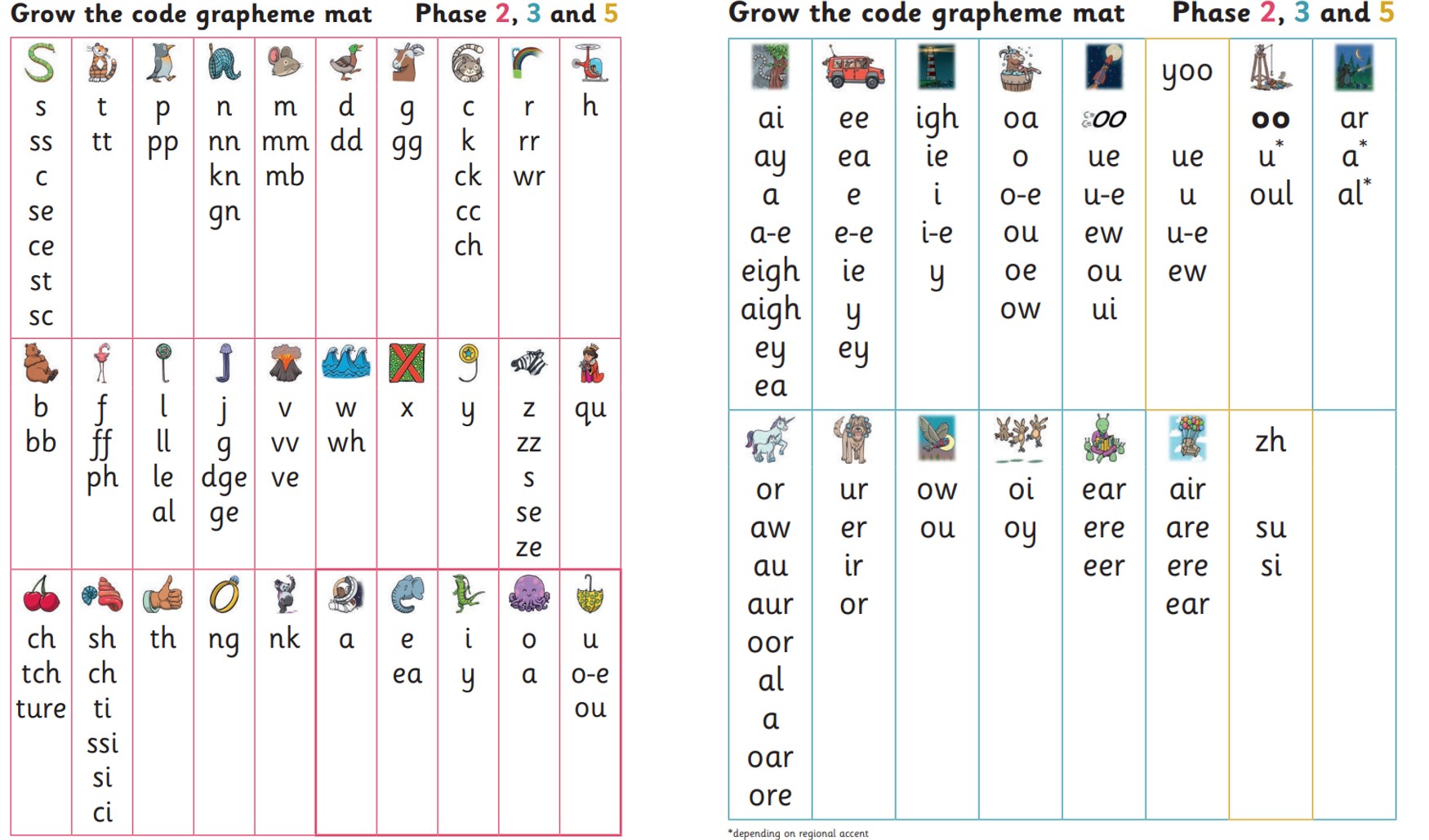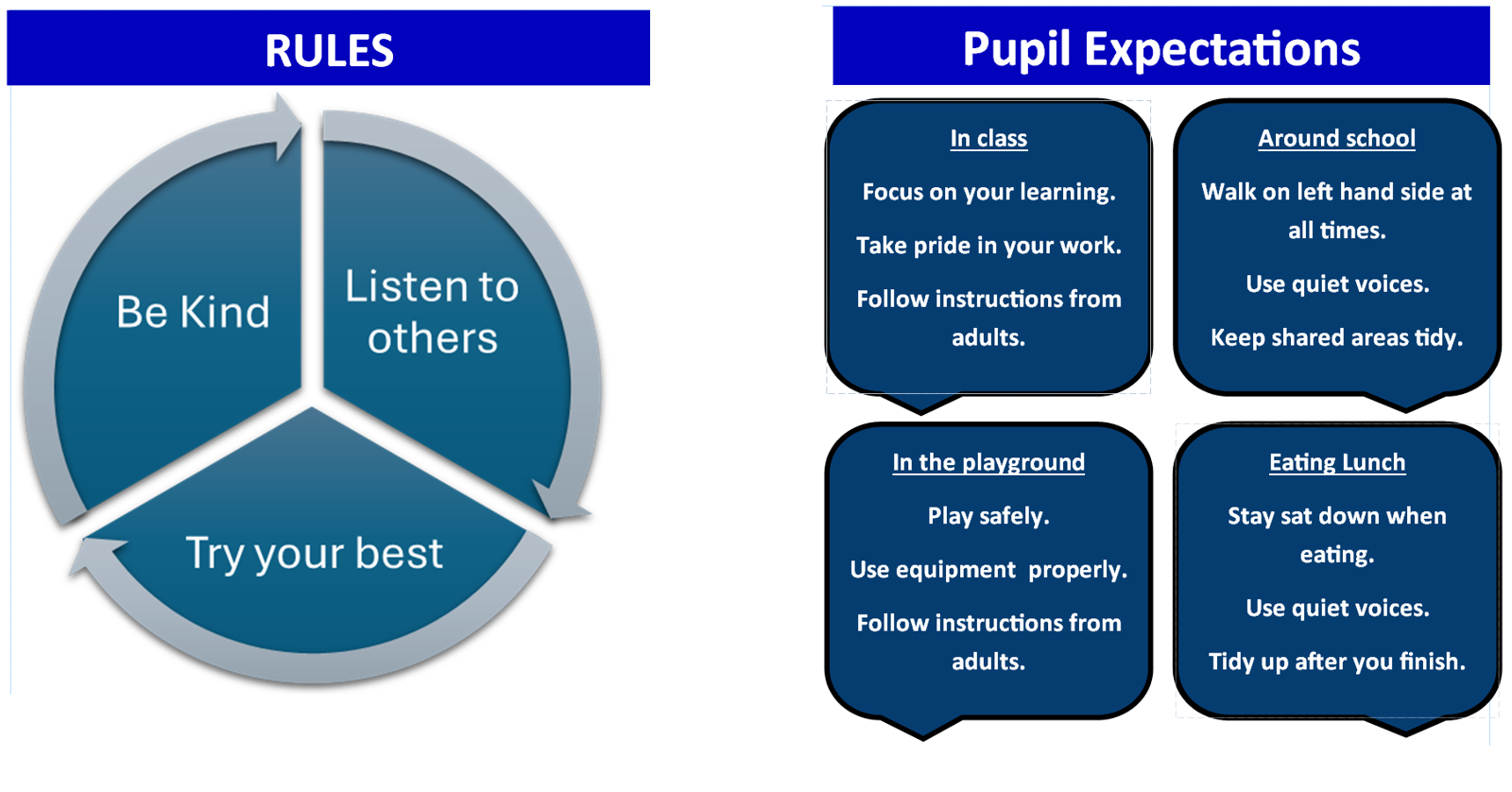Autumn 2
Maths
In Autumn 2, we will be continuing with Multiplication and Division before moving on to Fractions.
Fractions form a huge part of Upper Key Stage 2 maths and it is important that our children become confident in a range of different skills. This half-term, we will be learning the following things:
- Recognising equivalent fractions
- Converting improper fractions to mixed numbers
- Converting mixed numbers to improper fractions
- Ordering and comparing fractions
- Adding and subtracting fractions with the same denominator
- Adding to, and subtracting from, mixed numbers
Additionally, we will constantly be revisiting prior-learning with daily arithmetic starters and a weekly arithmetic test. We put huge emphasis on arithmetic in Year 5, helping children to develop a rigorous approach to answering a range of calculations based on the four operations (Multiplication, Division, Addition and Subtraction) and FDP (Fractions, Decimals and Percentages).
We will continue to spend time reinforcing key presentation expectations which are important to success in this subject. We encourage children to present their work clearly and with care to reduce errors in calculations. We expect all children to use one box per digit in their maths books.
Times Tables are key to success in Upper Key Stage 2 and we will continue the bi-weekly times tables tests to monitor this.
Any extra support that you can provide at home would be really beneficial and the Y5 teachers will be happy to support parents in doing this if required by providing extra worksheets and explaining methods to you.
Mastering Number
What is involved?
Knowledge of multiplication and division and its applications forms the single most important aspect of the KS2 curriculum, and is the gateway to success at secondary school. This project enables pupils in Year 5 to develop fluency in multiplication and division facts, and a confidence and flexibility with number that exemplifies good number sense.
What will the children learn?
- Year 5 will develop automaticity in multiplication and division facts through regular practice.
- Year 5 pupils will make progress in their knowledge and understanding of multiplicative concepts.
Writing

This half-term, we will be studying two texts: The Odyssey by Gillian Cross, and The Tempest by William Shakespeare.
We will continue to focus on developing the key skills required to be successful in Year 5:
- Presenting work with care, including using cursive handwriting
- Editing work, looking specifically at spelling, punctuation and grammar
We will start putting more emphasis on children trying to embed key features of Upper Key Stage 2 writing into their daily writing, including:
- Relative clauses - The boy, who had short brown hair, kicked the ball.
- Subordinate clauses - Because the men had been at sea for many years, Odysseus knew that they must return home soon.
- Modal verbs - I can hear the wind howling as the storm clouds envelope our town. I should run but I will not.
- Using a range of punctuation - : ; ( ) -
We will also continue to encourage children to WRITE LESS, BETTER. We want children to focus on producing quality pieces of writing, and this is much easier when the expectation of work produced is reduced.
The Odyssey - Synopsis of Text taken from Literacy Tree
Homer’s great story is retold with simplicity and style by award-winning children’s writer Gillian Cross, and vividly brought to life in Neil Packer’s stunning illustrations. It charts the ten-year epic voyage of Odysseus as he returns from the Trojan War to the island of Ithaca. On his journey he encounters all manner of perils, from the man-eating Cyclops and the evil sorceress Circe, to the deadly lure of the Sirens and the wrath of the sea-god Poseidon. Neil Packer’s striking imagination, and his extraordinary use of colour and dramatic silhouettes, capture the terrors of Odysseus’s travels as well as the dangers faced by his wife Penelope and his son Telemachus at home. The illustrations are a perfect complement to Gillian Cross’s beguiling narrative, which transports the reader effortlessly into Homer’s world.
The Tempest - Synopsis of Text taken from Literacy Tree
A violent storm shipwrecks the King of Naples and his noblemen on what appears to be an uninhabited island. What the king doesn’t know is that they have been brought here by powerful magic.
Prospero, the mysterious ruler of the island, has a plan, but will he use his magic for good or bad against the castaways? His daughter, Miranda, has never seen another man except her father. What will she think of the stranger who stumbles into her life? Prospero’s monstrous servant, Caliban, sees a chance to overthrow his master. Will he succeed?
Enchantment and treachery are everywhere on the island – which will prove the stronger?
Reading

Due to the length of this epic tale, we will also be using our reading lessons to explore the text.
Each week, we will teach four 30-minute sessions per week. Lessons will focus on a specific passage from the text and each individual lesson will have an explicit focus.

Vocabulary
Children will have the opportunity to explore unknown vocabulary in the passage.
They will be introduced to words through explanations in everyday connected language, rather than dictionary definitions.
Prosody
Children will have regular opportunities to hear their teacher read.
Pupils can then orally rehearse and practice reading the passage. This can be read in pairs, so there is an ‘audience’. Children will also have opportunities to read in groups and complete individual performances for the class.
Language for effect
Here, children will unpick the choices made by the author and the impact this has on the text and therefore the reader.
We will look at particular phrases and sentences rather than whole passages.
Children will have the chance to revisit vocabulary from the first session and see how effective it is within the context of the sentence.
Comprehension and Oracy
Children will have the opportunity for informal book talk.
Chances will be given to discuss the book as a class.
Written work may take place in the form of comprehension – retrieval, inference, sequencing style questions.
Reading for Pleasure
Finally, children will have the chance to read on in the text – this will also be done in your Story Time.
Spellings
Spellings is now taught daily in short, sharp, 15-minute lessons following the same lesson structure every day:
Year 5 will continue this new approach to spellings, which has been very successful so far. Children have been really engaged in lessons and I know that they have really enjoyed them. We want our children to focus on accuracy, independence, and being able to spot errors and correct them whilst editing.

Quick Review
- Practise a word from the previous lesson's rule or focus.
Teach and Practise
- Introduce words that follow a new spelling rule
- Read the works fluently as a class
- Locate sounds on 'Grow the Code poster - see below
- Add sound buttons and locate focus grapheme or manipulate words.
Practise and Apply
- Spelling 3–4 words that follow the rule and include the focus grapheme
Review
- Recap on rule and add the new rule to a display
On Fridays, children will be introduced to 'prickly spellings', which are Challenge Words. These will be linked to the Year 5 and 6 Spelling list.

Grow the Code

Geography
Global Warming
In this unit, children will learn how their world is changing around them and how changes have to be made to save the future of the planet. They will begin by developing a deep understanding of what climate change is and what we as humans are doing to accelerate the process.
Children will explore shocking images of the effects of climate change and be challenged to think about the consequences of drought, sea-level rise and wildfires.
Children will then learn the importance of global citizenship in everybody coming together to make changes and demonstrate their global citizenship by sharing their knowledge.
Science
Earth and Space
National Curriculum 2014 Objectives
Pupils should be taught to:
- Describe the movement of the Earth and other planets relative to the Sun in the solar system
- Describe the movement of the Moon relative to the Earth
- Describe the Sun, Earth and Moon as approximately spherical bodies
- Use the idea of the Earth’s rotation to explain day and night and the apparent movement of the sun across the sky
Notes and guidance (non-statutory)
Pupils should be introduced to a model of the sun and Earth that enables them to explain day and night. Pupils should learn that the sun is a star at the centre of our solar system and that it has 8 planets: Mercury, Venus, Earth, Mars, Jupiter, Saturn, Uranus and Neptune (Pluto was reclassified as a ‘dwarf planet’ in 2006). They should understand that a moon is a celestial body that orbits a planet (Earth has 1 moon; Jupiter has 4 large moons and numerous smaller ones).
Note: pupils will be warned that it is not safe to look directly at the sun, even when wearing dark glasses.
Pupils will find out about the way that ideas about the solar system have developed, understanding how the geocentric model of the solar system gave way to the heliocentric model by considering the work of scientists such as Ptolemy, Alhazen and Copernicus.
Pupils will have opportunities to work scientifically by: comparing the time of day at different places on the Earth through internet links and direct communication; creating simple models of the solar system; constructing simple shadow clocks and sundials, calibrated to show midday and the start and end of the school day; finding out why some people think that structures such as Stonehenge might have been used as astronomical clocks.
Design and Technology
In this unit children will design, make a prototype and evaluate a recycling receptacle for Talbot Primary School in order to reduce waste.
The children will understand the concepts of reduce, reuse and recycle. They will also investigate the different ways we deal with our rubbish at Talbot Primary School. They will then design a more streamline recycling receptacle for us to present to Mrs Curtis.
Religion and World Views
This term we are exploring the question 'Is the Christmas story true?'
PSHE
This term we are going to explore safe relationships, physical contact and feeling safe. This will also include discussions around respecting ourselves and others and learning about discrimination.
We will continue to embed the three Golden Rules, as well as other pupil expectations, both in class and whilst moving around the school.

PE
This half-term, Forest School will replace our second PE lesson. Forest School will take place on Wednesday mornings throughout Autumn 2.
Children are required to bring coats, hats and wellington boots as the Forest School area can become very muddy.
Children will also have PE on Wednesday afternoons.
Monday, Tuesday, Thursday and Friday will be normal school uniform days.
Year 5 will be doing Dance on the following afternoons in November with Pavilion Dance. They can wear their PE kits on these days if they wish: 11th November, 18th November and 25th November,
Forest School Timetable - Autumn 2

